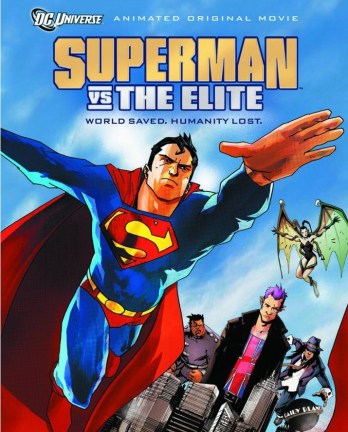Wow, I haven’t posted here since July?  My apologies, I was really really busy both with other projects and personal matters. I hope to do so more often from now on.
My apologies, I was really really busy both with other projects and personal matters. I hope to do so more often from now on.
Anyway: today’s subject is one that has bothered me since the late 80’s, when the whole “Grim and Gritty” comic book era began. But lately its become more obvious than ever, especially with the clash in styles between the Marvel and DC comics movies. So I want to give my two cents on the matter.
First, let’s define exactly what a super hero *is*. Most people assume that any character with powers and/or a costume is a superhero. This is not correct.
Originally, a Hero was anyone who achieved feats beyond the usual. Morality was not a important factor; most of the good they did was incidental- for example they happened to slay a monster that preyed on the locals, but not necessarily because they cared about them. Hercules has had his image cleaned up in modern versions but in the original tales he wasn’t so nice, he even killed his own family during one of his berserk rages.
However it cannot be denied that has changed over the years; civilization has progressed and despite what many cynics will claim most people today respect life and other human rights, and revere those who step up to defend them. Policemen, firefighters and medics are very much real-life heroes, most of the time.
In order to be a super hero, then, the character must be capable of feats beyond even those of modern human heroes. That’s where superpowers, of any kind, come in. And yes I’m aware that I’m implying that characters without powers, such as Batman, aren’t true super heroes. And they’re not- they are crimefighters at best. Now I’m not saying they cannot be just as noble or effective, but at the end of the day, the superhumans have the advantage. Sure, Batman might be able to beat most foes, but he’s also very smart and resourceful, something that doesn’t apply to every hero (even those with powers.)
Note that having a costume or a code name, while they are traditional tropes, are not strictly necessary. Most characters in the TV show Heroes did not wear anything unusual, for example (ironically, despite the title most characters there weren’t sufficiently heroic to count either.)
So we can conclude that a superhero must both be *truly* heroic AND have superpowers. This leaves out characters like The Punisher or Deadpool. Not that they call themselves heroes, but their fans do (and the companies behind them market them as such.)
Now I’m not saying this type of characters cannot have their fans. They exist to fulfill certain type of audience’s fantasies, and that is OK. Unfortunately their popularity has stained the public image of heroes, at least in the mind of some writers (who feel that superheroes MUST be deconstructed, as if everyone had a skeleton in their closet that has to be brought out) and even worse, on those of company executives who think “grim” is the “in” thing now so the characters much change to fit.
This is where I take umbrage; you can have your “dark” heroes if you want, but don’t mess with mine. I don’t care to see Superman, for example, who is supposed to be the greatest of heroes, reduced to a mopey bully because its more “realistic.” Sadly, the only way we can protest is by announcing our opposition (like I do here in my blog) and with our wallets (don’t spend money on their comics, movies or merchandise.) Now I know these things are cyclical and will someday change again; I hope its sooner rather than later.
